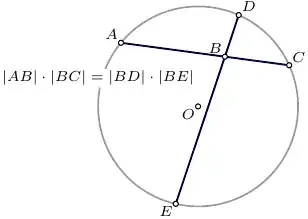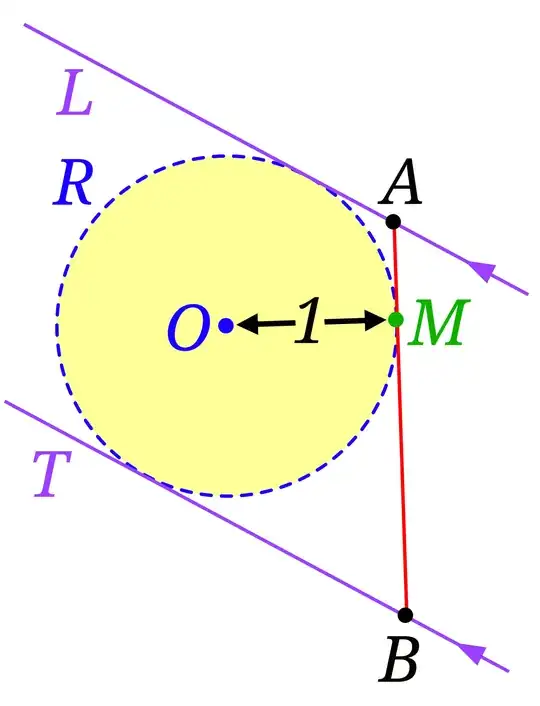I am trying to prove that the set of all ruler-and-compass constructible points is a subfield of $R$. I have one difficulty though:
- Given two numbers $\sqrt{a}$ and $\sqrt{b}$ , how can I construct their product and their inverse with rule and compass?

